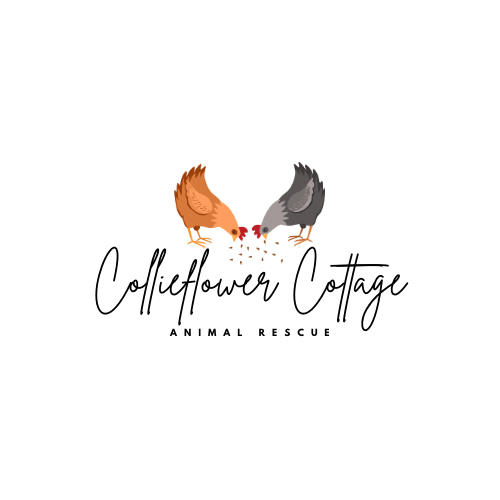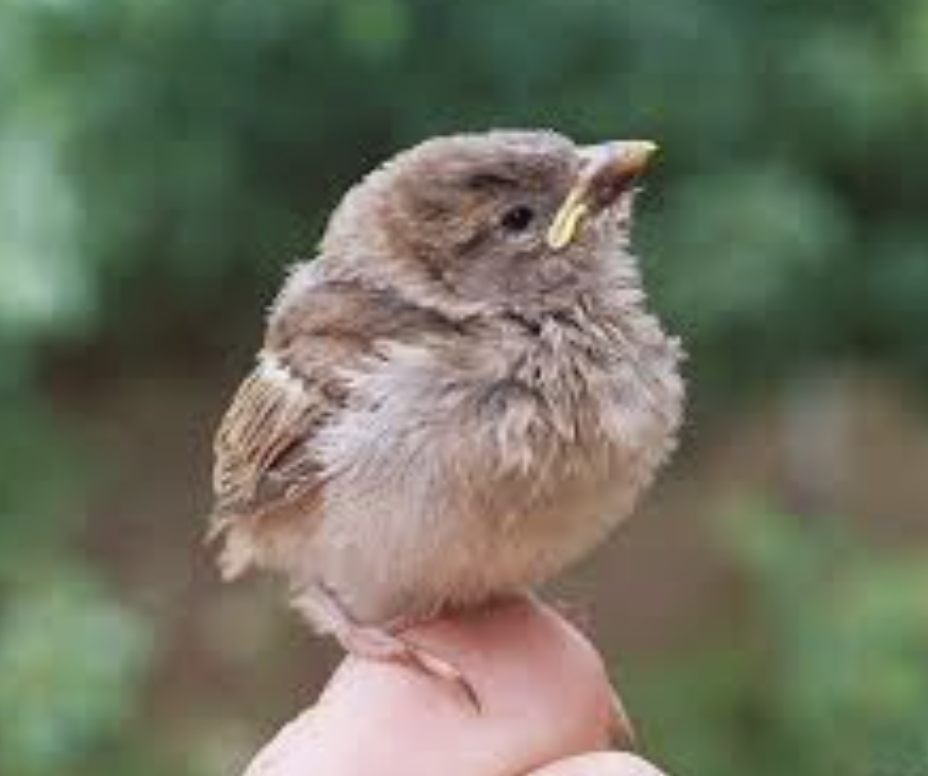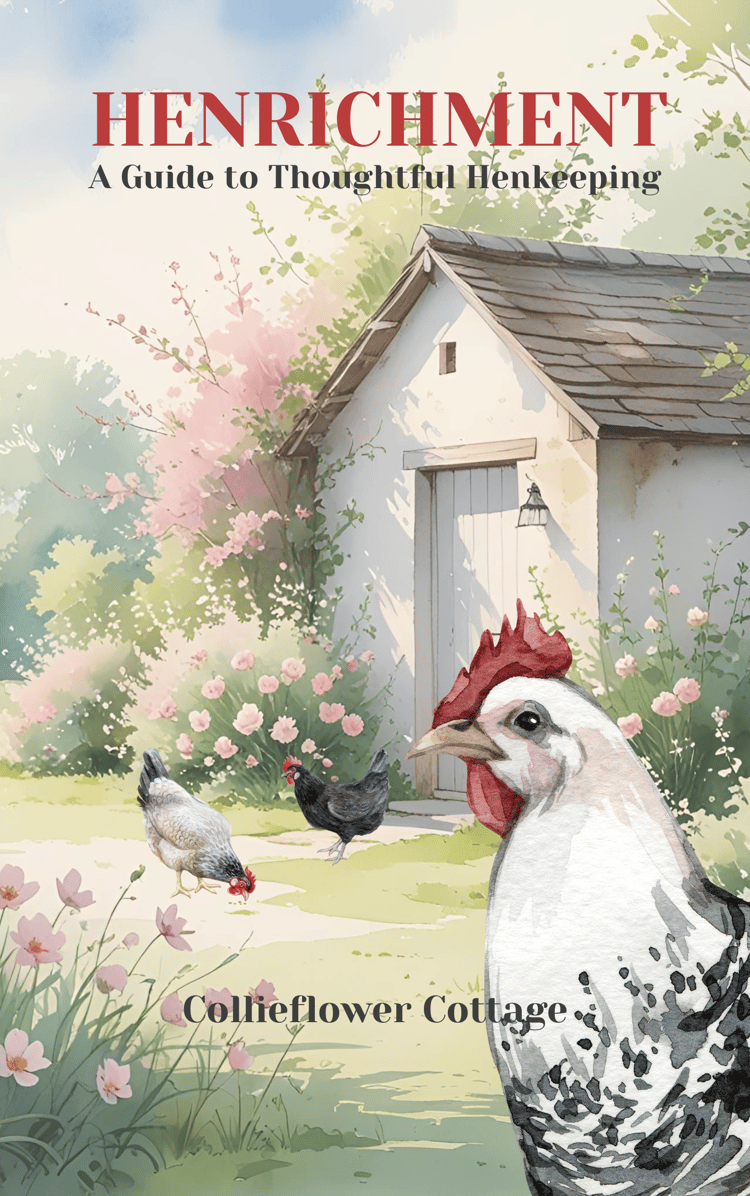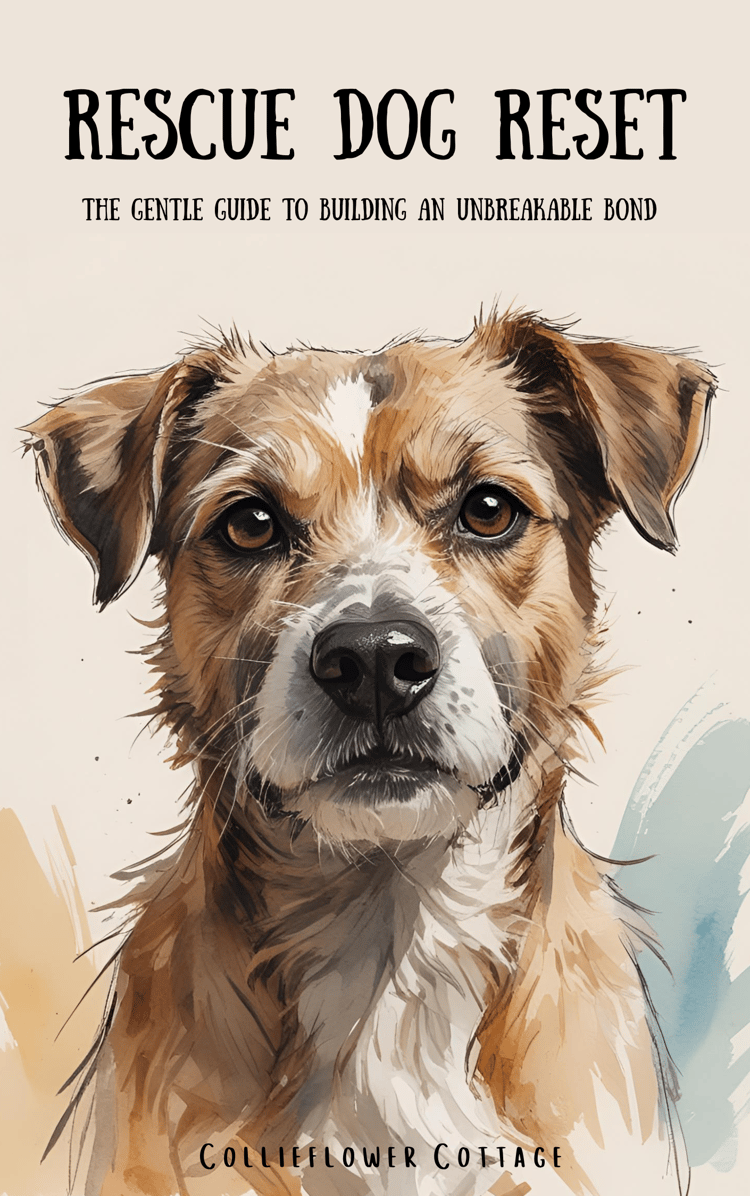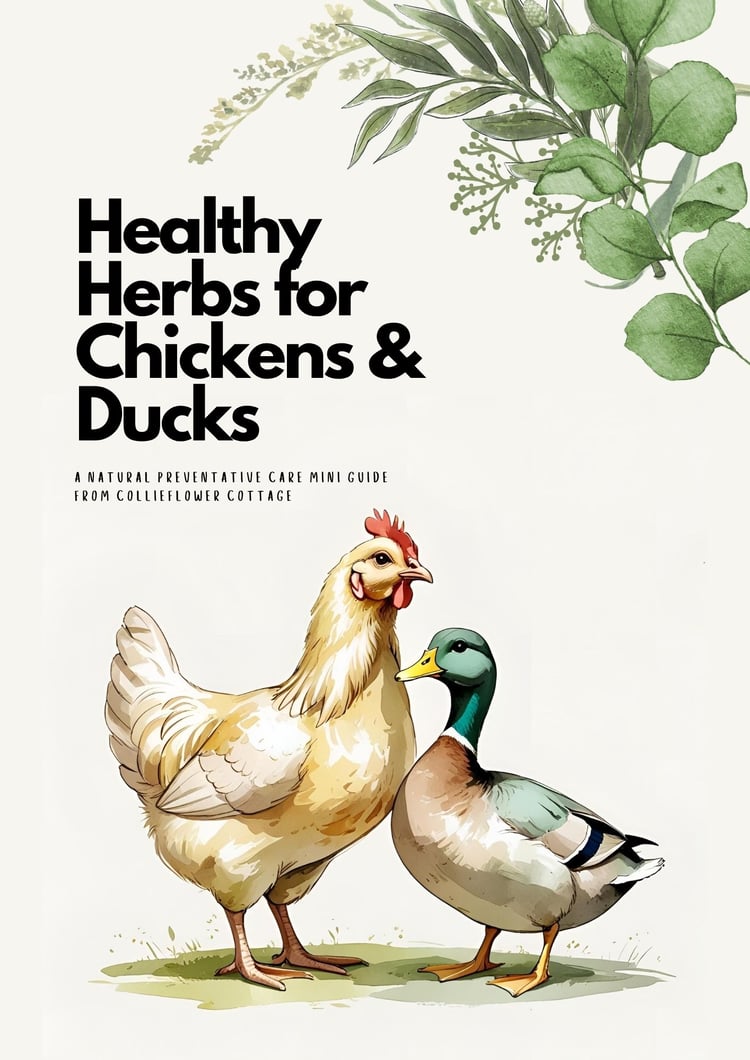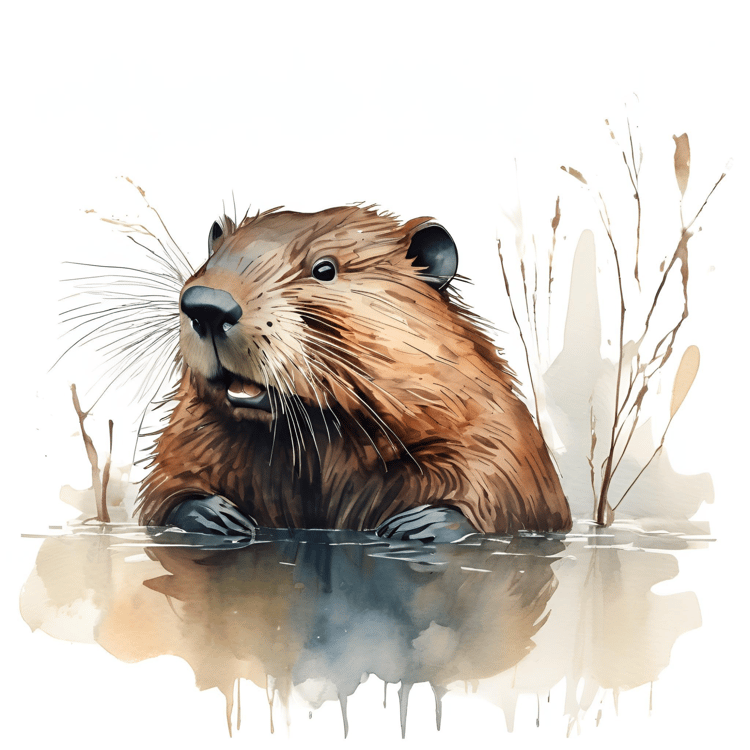Spring and summer are full of new life — and that sometimes includes a baby bird sitting alone on the ground. It’s natural to worry, but not every bird you find is in need of rescue.
In many cases, it’s perfectly normal for fledglings (young birds) to be on the ground while they learn how to fly. Intervening too soon can actually put them at more risk than leaving them alone.
This guide breaks things down by species and situation to help you make the right call — and know when to contact a reputable wildlife rescue for advice.
First, is it a nestling or a fledgling?
Nestlings are very young birds that aren’t ready to leave the nest. They’re often bald or patchy, with closed or barely-open eyes. If you find a nestling on the ground, it needs help. If the nest is accessible and intact, you can attempt to return the Nestling to the nest but monitor closely for parents attending. If I’m doubt, call a a reputable wildlife rescue for help sooner rather than later.
Fledglings are older chicks who have left the nest but can’t quite fly yet. They’re often seen hopping about on the ground and will usually be mostly or fully feathered and may have patches of downy like fluff remaining.
If you’re not sure what you’re looking at — or the bird doesn’t seem safe where it is — read on.
Garden Birds (robins, blackbirds, sparrows, starlings, etc.)
It’s common to find fledglings from garden birds on the ground. This is part of their normal development — they leave the nest before they can fly properly and their parents are usually nearby continuing to feed and protect them.
What to do:
If the bird looks healthy and is fully or mostly feathered, leave it alone and observe from a distance.
If it’s in immediate danger (e.g. on a road, or near a hazard), gently move it to nearby cover like a hedge or shrub within about 10-15ft of where you found them.
Monitor for up to 2 hours. If no parents return or if the bird seems unwell, contact a reputable wildlife rescue.
Don’t try to put fledglings back in the nest — they’ve left it for a reason and may be rejected or abandoned.
Swifts, Swallows and House Martins
These birds should never be on the ground — if you find one grounded, it needs help.
Swifts can’t take off from the ground and should never be thrown into the air. If you find a grounded swift, place it in a secure, ventilated box and contact a rescue immediately.
Swallows and House Martins may have fallen from the nest or become separated. Do not try to return them — they need specialist care. Contain them safely and call a wildlife rescue.
Corvids (crows, magpies, jackdaws, ravens, rooks)
Corvid fledglings have an extended fledging period and often leave the nest before they can fly well. They may spend time on the ground, hopping and calling to their parents.
What to do:
If the bird is fully or mostly feathered and alert, monitor from a distance for up to 2 hours.
If it's in immediate danger, move it to nearby cover (under a hedge or low branch).
If no parent returns, or if the bird is very young, injured, or unresponsive, contact a rescue.
Pigeons and Doves
Young pigeons and doves often leave the nest before they can fly well and may spend a few days on the ground. They can still look quite fluffy at this stage, which can be mistaken for them being too young — but this is normal.
What to do:
If the bird looks healthy, is alert and mostly feathered, leave it alone and observe from a distance.
If it’s in danger, gently move it to cover.
Monitor for up to 2 hours.
If no parent returns or the bird is injured, contact a reputable wildlife rescue.
Don’t feed them — it can slow the process of learning to fly and put them in more danger.
Water Birds (ducks, swans, geese, etc.)
Young water birds often follow their parents and spend time on land and water learning to feed and stay safe.
What to do:
If the young are healthy and parents are nearby, leave them alone.
If a duckling, gosling, or cygnet is separated from their family, check the immediate area and if the family are nearby try to gently coax them closer together. If the parent can’t be found or if the bird is alone and injured, safely contain them and contact a wildlife rescue.
If a duckling, cygnet or gosling is injured and their parent is there, monitor from a distance and only intervene if the bird is in immediate danger. Contact a reputable wildlife rescue for advice. Ducks are prone to abandonment if they feel under pressure and swans and geese can be aggressive when protecting young.
Seabirds and Waders (oystercatchers, fulmars, guillemots, razorbills etc.)
Young seabirds and waders can sometimes be found on beaches, paths or below cliffs. Some — like oystercatchers — nest on the ground and their chicks may wander off short distances but stay under parental care. Others — like guillemots and razorbills — may fledge off cliffs and end up grounded.
What to do:
If the bird is alert, upright, and in a safe place, monitor from a distance for up to 2 hours.
If it’s in danger, visibly injured, or very young (downy and unable to stand or walk well), contact a reputable wildlife rescue.
Some seabirds become quickly stressed or dehydrated on land — if you’re unsure, it’s always best to ask for advice.
Don’t try to return seabirds to the sea without guidance — some need to enter from specific spots or may not be waterproof yet.
Owls
Owls are hard to identify correctly and young owls may look similar to fledgling birds. Tawny owlets often spend time on the ground during the branching phase of their development before they can fly properly. Barn owlets on the other hand are rarely seen out of the nest and need urgent help and specialist handling to be successfully returned to their parent.
What to do:
If you find a young or grounded owl, don’t try to handle it yourself.
Contact a reputable wildlife rescue for specialist advice as soon as possible.
Raptors (buzzards, kestrels, sparrowhawks etc.)
Young raptors can sometimes be found on the ground as they learn to fly.
What to do:
If you find a grounded raptor, avoid handling it. They can become easily stressed and cause injury if not handled correctly.
Contact a reputable wildlife rescue immediately for advice and support.
Here are some clear, general DON’Ts for when you find a baby bird:
- Don’t feed fledglings – the wrong food can do more harm than good and delay a birds flight .
- Don’t try to hand-rear – wild birds need specialist care and rearing one yourself is rarely successful.
- Don’t keep it as a pet – it’s illegal to keep most wild birds without a licence.
- Don’t disturb a nest – it’s an offence under the Wildlife and Countryside Act 1981.
- Don’t assume it needs rescuing – always seek advice from a reputable wildlife rescue BEFORE.intervening.
Our articles are free because we want as many people as possible to think about animal welfare. You can support our mission to provide sanctuary to more animals and tell more of their stories by visiting our store, sending a gift or sharing our articles on social media
